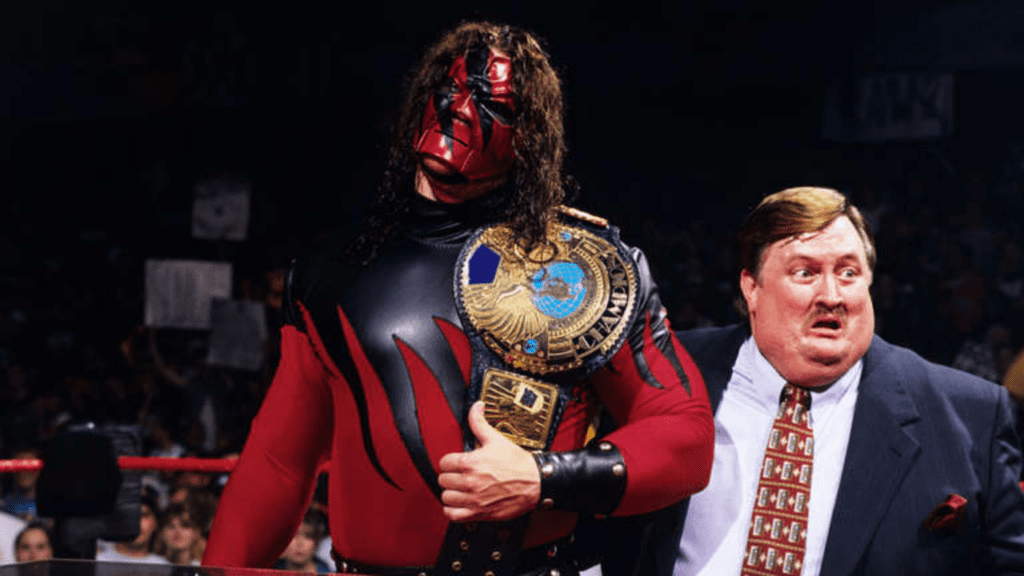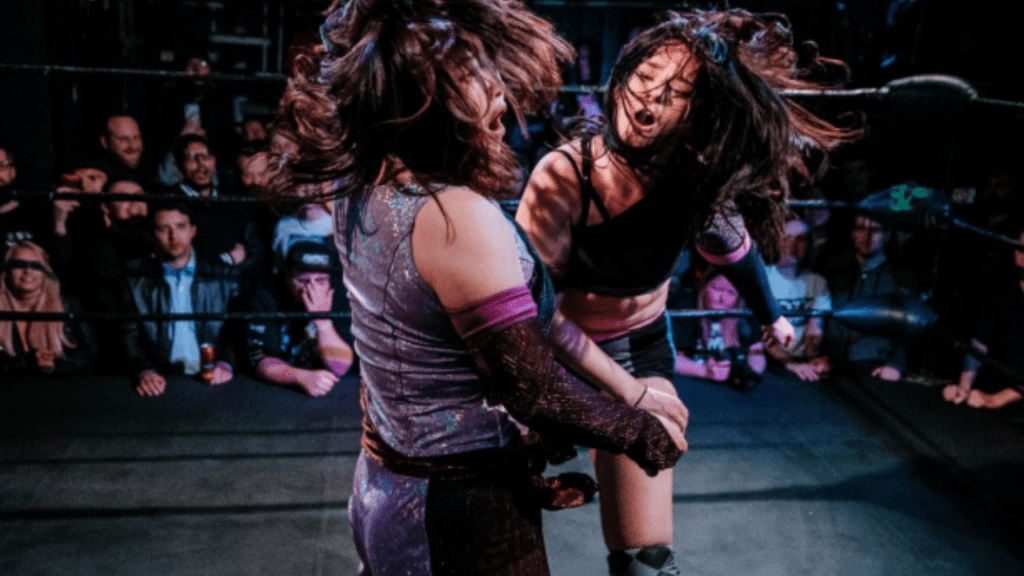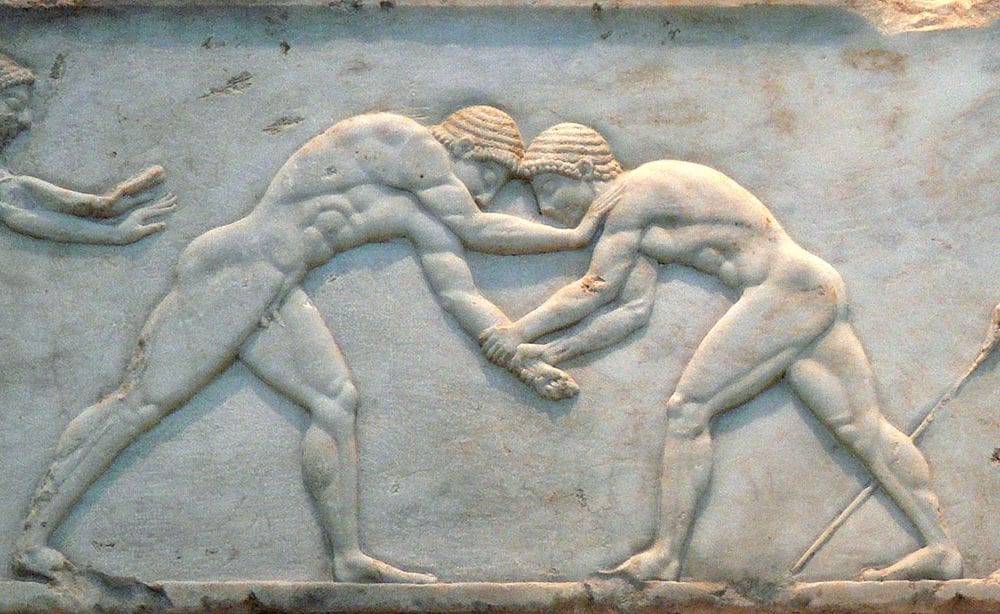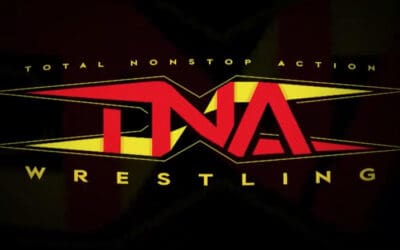Professional wrestling has traveled an eventful road over the past century. From its grassroots circus tents and carnival sideshows to its ascent into globally televised entertainment, wrestling’s evolution mirrors society’s changing tastes, technological advancements, and shifting cultural norms.
Evolution of Professional Wrestling
The Early Days: Respect and Legitimacy
In the early 20th century, wrestling was a legitimate contest of skill and strength. The likes of Frank Gotch and George Hackenschmidt showcased their athletic prowess in front of large crowds, with matches often taking several hours. These were serious athletic contests, with a focus on mat-based grappling.
Golden Era: The Rise of Entertainment
Post-World War II saw the emergence of what we now recognize as sports entertainment. Gorgeous George, with his flamboyant persona and theatrical flair, became one of the first wrestlers to grasp the power of television. His antics laid the foundation for wrestling’s transition from pure sport to spectacle.
Smackdown Ratings & Round Up 13/10
The Territorial System
The mid-20th century brought forth the territorial system in the U.S., with different regions operating under individual promoters. This led to various wrestling styles flourishing in different parts of the country, each with its own set of stars like Ric Flair, Dusty Rhodes, and the Von Erichs.
Shotzi and Scarlett – The Ghost Hunting Series
Rock ‘n’ Wrestling Era
The 1980s marked a significant shift, with Vince McMahon’s World Wrestling Federation (now WWE) breaking away from the territorial model. Collaborating with mainstream celebrities like Cyndi Lauper and Mr. T, the WWF ushered in the Rock ‘n’ Wrestling era. WrestleMania, launched in 1985, became an annual extravaganza, blending rock music, celebrity involvement, and wrestling.
Monday Night Wars and the Attitude Era
The 1990s was a transformative decade, highlighted by the Monday Night Wars between WWF and WCW. Competition spurred creativity, giving rise to edgier content and some of wrestling’s most iconic figures, including Stone Cold Steve Austin and The Rock.

Ruthless Aggression and the PG Era
The early 2000s marked a departure from the raucous Attitude Era, with a new crop of talent like John Cena and Randy Orton rising to prominence. The product became more family-friendly, reflecting WWE’s ambition to be seen as a global entertainment company.
Women’s Revolution
The 2010s heralded a significant change in how women’s wrestling was perceived. No longer relegated to brief, often demeaning segments, female wrestlers were given the chance to headline events and were recognized for their athleticism and storytelling ability.

Global Expansion and the Streaming Revolution
The advent of the WWE Network in 2014 showcased wrestling’s transition into the digital age. Meanwhile, promotions like New Japan Pro-Wrestling gained international popularity, emphasizing a diverse array of wrestling styles.
Conclusion
The world of professional wrestling has never been static. As society has evolved, so too has this form of entertainment, always finding ways to adapt, reinvent, and captivate audiences worldwide. As we look ahead, wrestling’s rich tapestry is bound to evolve even further, but its essence – the blend of athleticism, drama, and spectacle – will forever remain.






